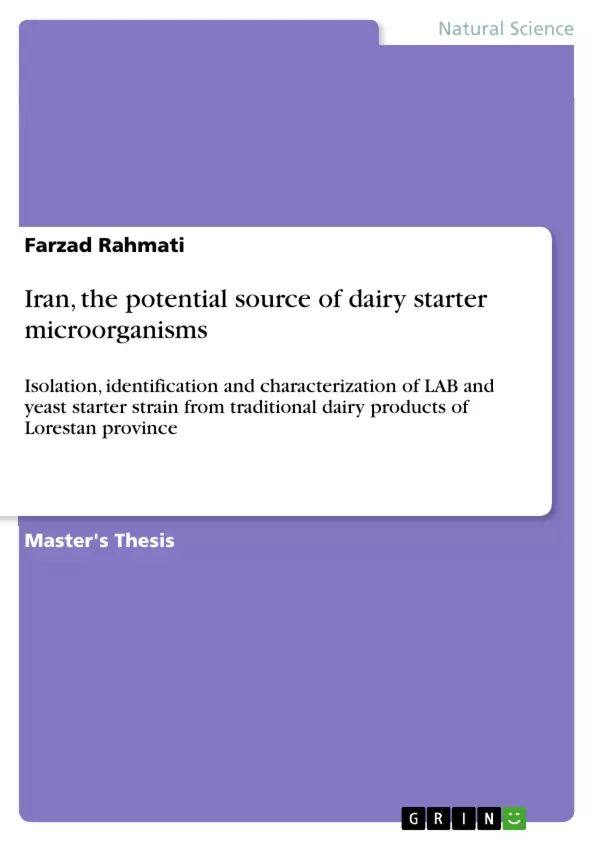Today, the consumption of milk and its products in each community is one of the most important development indicators. Based on the latest scientific findings in the study of the nutritional value of milk and its products, in particular fermented products, the annual consumption of 200 liters of this valuable foodstuff result in longer life, more physical and intellectual efficacy, reduction of infectious diseases, reduction of bone diseases and desirable growth of children and teens. The results of the research conducted by the Ministry of Health and Medical Education of Iran indicate that the Iranian people from 2 to 3 units of daily intake, only use 0.7 units of milk and its products, while in other countries, especially in Europe, this is not the case.
Currently, in countries where milk and its products are consumed in large quantities, much of the calcium is provided. For example, in the United States and Canada, three-quarters of the calcium diet is supplied through milk and its products. The importance of dairy products is becoming more prominent when it comes to the fact that in Iran, calcium is the second the most common substance after iron, which is not observed in their regime and milk consumption in our country is lower than the WHO and FAO recommendations. Undoubtedly, one of the reasons for the low level of dairy consumption in Iran is the lack of a sufficient variety of these products and the lack of compatibility with the taste of the people.
Recalling the many health-therapeutic properties of milk is not just a good reason to encourage many people, especially children, and adolescents, to consume dairy products. Contrary to what was said, not much research has not been done yet in Iran about dairy. Studies conducted in the field of the LAB are more focused on the dairy industry to optimize biochemical attributes, quality of dairy products and identification.
The aims of the present research are isolation, identification, and study of technological attributes of Lactococcus, Lactobacillus, Bacillus and Saccharomyces Cerevisiae starter strains from traditional dairy products in the Lorestan province, a region of Iran. By this study not only, we are able to preserve these worthwhile strains for extensive commercial exploitation and prevent the annual withdrawal of millions of dollars from the country, but also produce dairy products according to the taste of the Iranian.
Inhaltsverzeichnis (Table of Contents)
- Preface
- Foundation and Backgrounds
- Introduction
- History
- Dairy starter cultures
- The reaction between dairy yeasts and LAB
- Ecology of dairy starter bacteria
- Lactic Starter cultures
- Mesophilic starter cultures
- Thermophilic starter cultures
- Non-lactic starter cultures
- Lactic Starter cultures
- Classification of starter microorganism
- Dairy starter bacteria
- Lactobacillus genus
- Streptococcus genus
- Leuconostoc genus
- Lactococcus genus
- Enterococcus genus
- Brevibacterium genus
- Pediococcus genus
- Dairy starter yeasts
- Saccharomyces genus
- Candida genus
- Schizosaccharomyces genus
- Kluyveromyces genus
- Dairy starter molds
- Penicillium genus
- Geotrichum genus
- Dairy starter bacteria
- Starter cultures function
- Grow starter bacteria in milk
- Treating starter cultures in dairy products
- Bacteriophages in the dairy industries
- Control the number of phages
- Factors affecting the performance of starter cultures
- Internal factors
- External factors
- Subsidiary factors
- Materials and methods
- Appliance
- Mediums
- Antibiotics
- Chemical solutions and organic materials
- Carbohydrates
- Dairy samples
- Collection and coding of samples
- Preparation, enrichment and isolation of the strains
- Carbohydrate fermentation and hydrolysis of L-arginine, starch, casein and nitrate reduction
- Investigating antibiotic resistance
- Assessment of proteolytic and lipolytic activity
- Evaluation of acid production
- Results and discussion
- Isolation and identification of strains
- Antibiotic susceptibility of strains
- Investigating proteolytic and lipolytic activities
- Investigating acidification activity
Zielsetzung und Themenschwerpunkte (Objectives and Key Themes)
This thesis aims to isolate, identify, and characterize lactic acid bacteria (LAB) and yeast starter strains from traditional dairy products of Lorestan province, Iran. The study focuses on understanding the diversity and potential applications of these microorganisms in dairy fermentation.
- Isolation and identification of LAB and yeast starter strains from traditional dairy products of Lorestan province, Iran
- Characterization of the isolated strains based on their biochemical and physiological properties
- Evaluation of the technological properties of the isolated strains, such as acidification activity, proteolytic activity, and lipolytic activity
- Assessment of the antibiotic susceptibility of the isolated strains
- Exploring the potential applications of the isolated strains in dairy fermentation
Zusammenfassung der Kapitel (Chapter Summaries)
The first chapter provides a comprehensive overview of the history, ecology, classification, and functions of dairy starter cultures. It introduces the reader to the different types of LAB and yeast starter strains used in dairy fermentation, their ecological niches, and their roles in the production of fermented dairy products. The chapter also discusses factors that can affect the performance of starter cultures.
The second chapter details the materials and methods used in the study. This section outlines the collection and processing of dairy samples, the isolation and identification of strains, and the various techniques used to characterize the isolated strains.
The third chapter presents the results of the study, including the isolation and identification of LAB and yeast starter strains, their antibiotic susceptibility, and their proteolytic and lipolytic activities. The chapter also discusses the acidification activity of the isolated strains.
Schlüsselwörter (Keywords)
The main keywords and focus topics of this thesis include dairy starter cultures, lactic acid bacteria (LAB), yeasts, traditional dairy products, Lorestan province, Iran, isolation, identification, characterization, technological properties, antibiotic susceptibility, and dairy fermentation.
- Quote paper
- Farzad Rahmati (Author), 2013, Iran, the potential source of dairy starter microorganisms, Munich, GRIN Verlag, https://www.grin.com/document/417153



